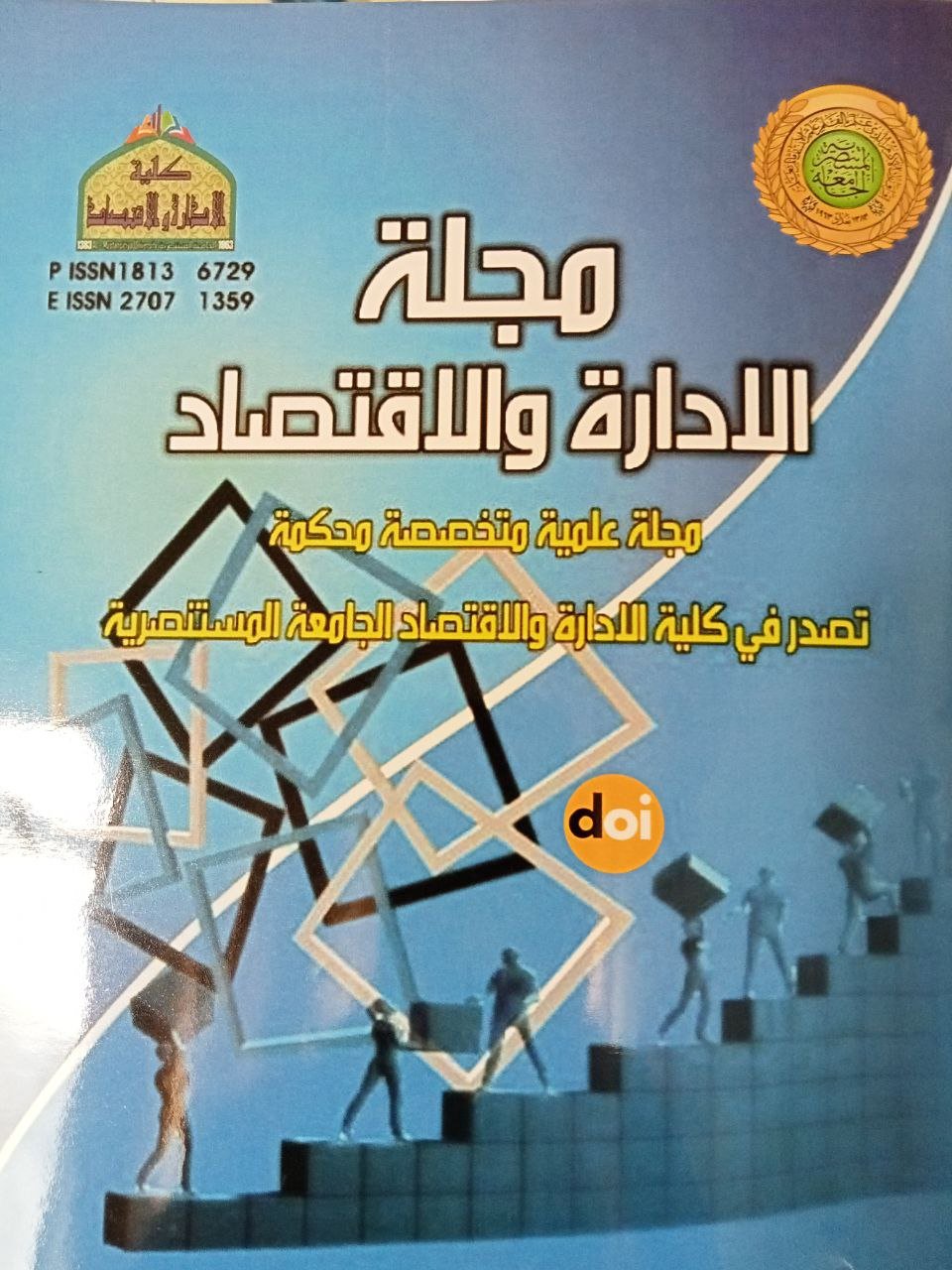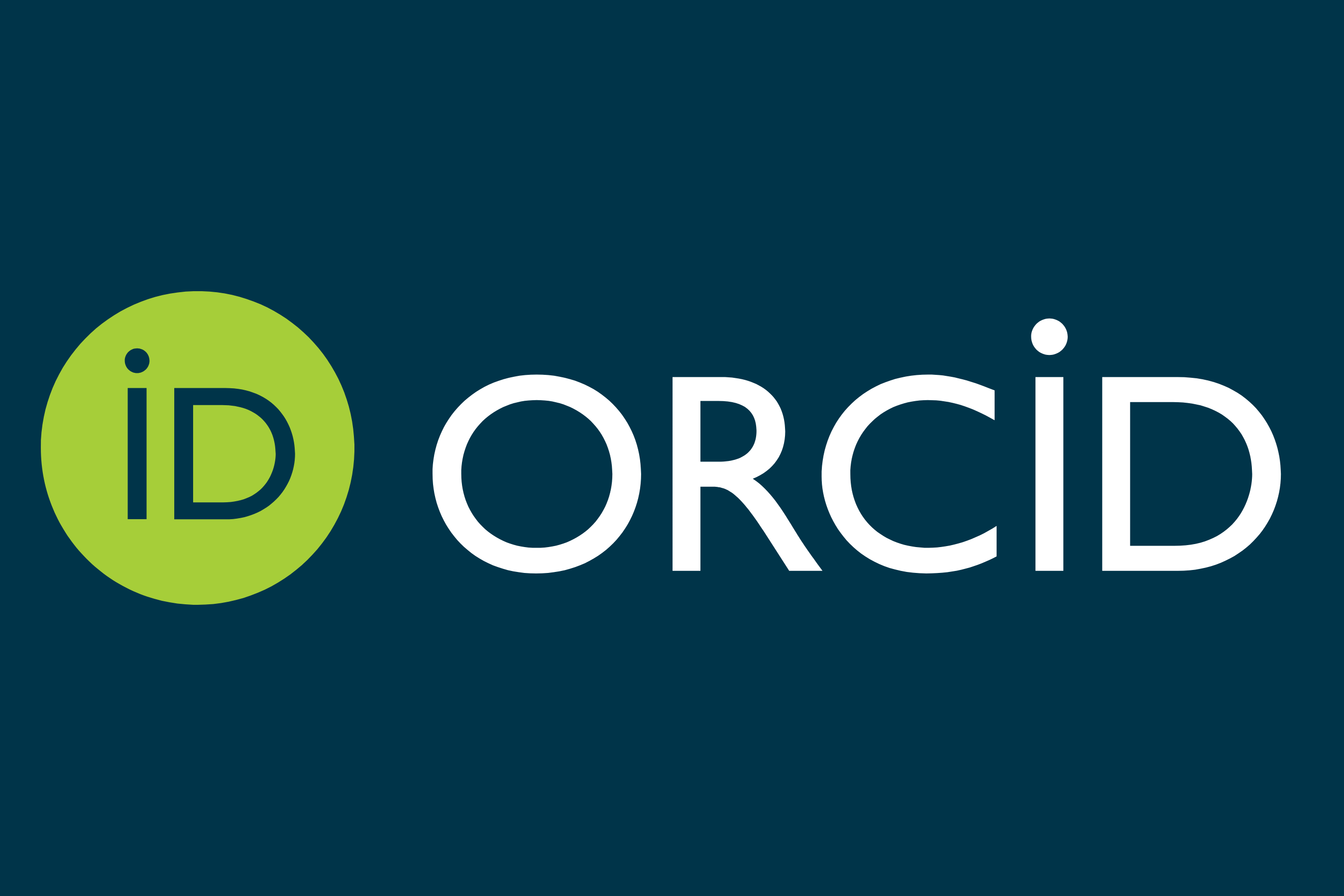Classification of the Central Bank of Iraq in light of its balance sheet structure for the period 2003-2020
DOI:
https://doi.org/10.31272/jae.i139.1084Keywords:
central bank, classification of central banks, foreign currencyAbstract
The central bank budget is of great importance because this balance sheet is linked to the goals that the central bank seeks to achieve, as the goals of the central bank are reflected in the size and composition of its budget, but we face difficulties when comparing budgets that adopt different accounting principles, so this research that we have provides a set one of the indicators that helps to make comparisons between the different budgets regardless of the accounting principles used, and therefore this research overcomes the problem of heterogeneity in the budgets, in addition to that the research in our hands provides a set of indicators through which it is possible to infer the nature of the economy. The most prominent conclusions reached by the research were that the Central Bank of Iraq was classified as a holder of foreign assets on the assets side and a source of currency on the liabilities side. The most prominent recommendations of the research came with the need to diversify the Iraqi economy by supporting non-oil sectors, because of this diversity's great role in mitigating the effects of fluctuations in oil prices on the possession of foreign currencies, and this support was represented by the establishment of a sovereign fund aimed at absorbing shocks resulting from fluctuations in oil prices.
References
المصادر العربية:
- عمر، سعيدان.(2009). دور البنك المركزي في تحقيق الاستقرار النقدي دراسة حالة البنك المركزي الجزائري. رسالة ماجستير، معهد العلوم الاقتصادية وعلوم التسيير، جامعة العربي بن مهيدي، ام البواقي، الجزائر.
- الغالبي، عبد الحسين جليل،2015،الصيرفة المركزية النظرية والسياسات،الطبعة الاولى ، بغداد، دار الكتب والوثائق.
- البنك المركزي العراقي. (2003-2020). التقرير الاقتصادي السنوي. بغداد، العراق.
المصادر الاجنبية:
- Akinkunmi, M.(2018) Central bank balance sheet and real business cycles.Boston/Berlin:Walter de Gruyter Inc.
- Rule,G.(2015)Understanding the central bank balance sheet, Centre for central banking studies:pp.1-17.
- Stella , P. (1997). Do Cenral Banks need Capital? , international monetary Fund, IMF Working paper.
-Hawkins,J.(2003)Central bank balance sheets and fiscal operations, pp.71-80.
-Pattipeilohy, C. (2016). A comparative analysis of developments in central bank balance sheet composition.
- Binseil , U and Manzanares ,A and Weller , B. (2004). The role of Central Bank capital Revisited. European Central Bank, Working paper series. No.392. 7- Caruana,J.(2011)Why central bank balance sheets matter: central bank balance sheets in Asia and the pacific: the policy challenges ahead, Thailand,BIS Papers No.66.
- Casu , B and Girardone , C and Molyneux ,P .(2006). Introduction to Banking. England: Pearson Education Limited.
- Clews , R and salmon ,C and Weeken , O. (2010). The banks money Market FrameWork , Bank of England , Quarterly Bulletin.
- Goldajn. I. and Olivares. G. (2000). Full Dollarization: The case of panama, pontificia universidade catolica, Rio de Janeiro.
- IZe. A and Levy-yeyati. E. (1998). Dollarization of Financial intermediation: causes and policy implictions. IMF Working paper.
- Mishkin, F . S. (2016). The Economics of Money, Banking and Financial Markets. (Eleventh Edition), USA: Pearson Education Global.
- Nugee. J. (2000). Foreign exchange reserves management. Central Banking Studies, Bang of England.

Downloads
Published
Issue
Section
License
The journal of Administration & Economics is an open- access journal that all contents are free of charge. Articles of this journal are licensed under the terms of the Creative Commons Attribution International Public License CC-BY 4.0 (https://creativecommons.org/licenses/by/4.0/legalcode) that licensees are unrestrictly allowedto search, download, share, distribute, print, or link to the full text of the articles, crawl them for indexing and reproduce any medium of the articles provided that they give the author(s) proper credits (citation). The journal allows the author(s) to retain the copyright of their published article.
Creative Commons-Attribution (BY)









